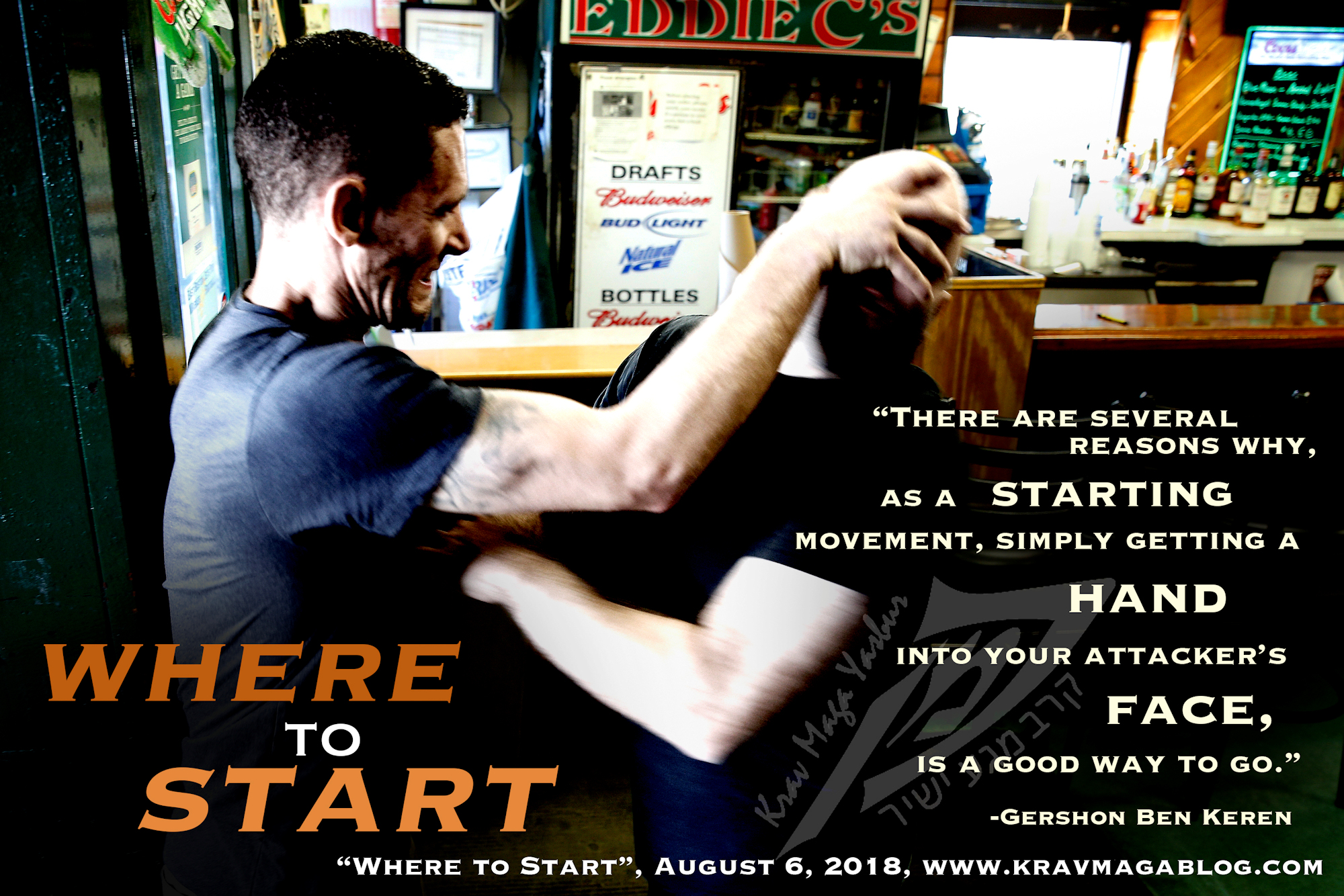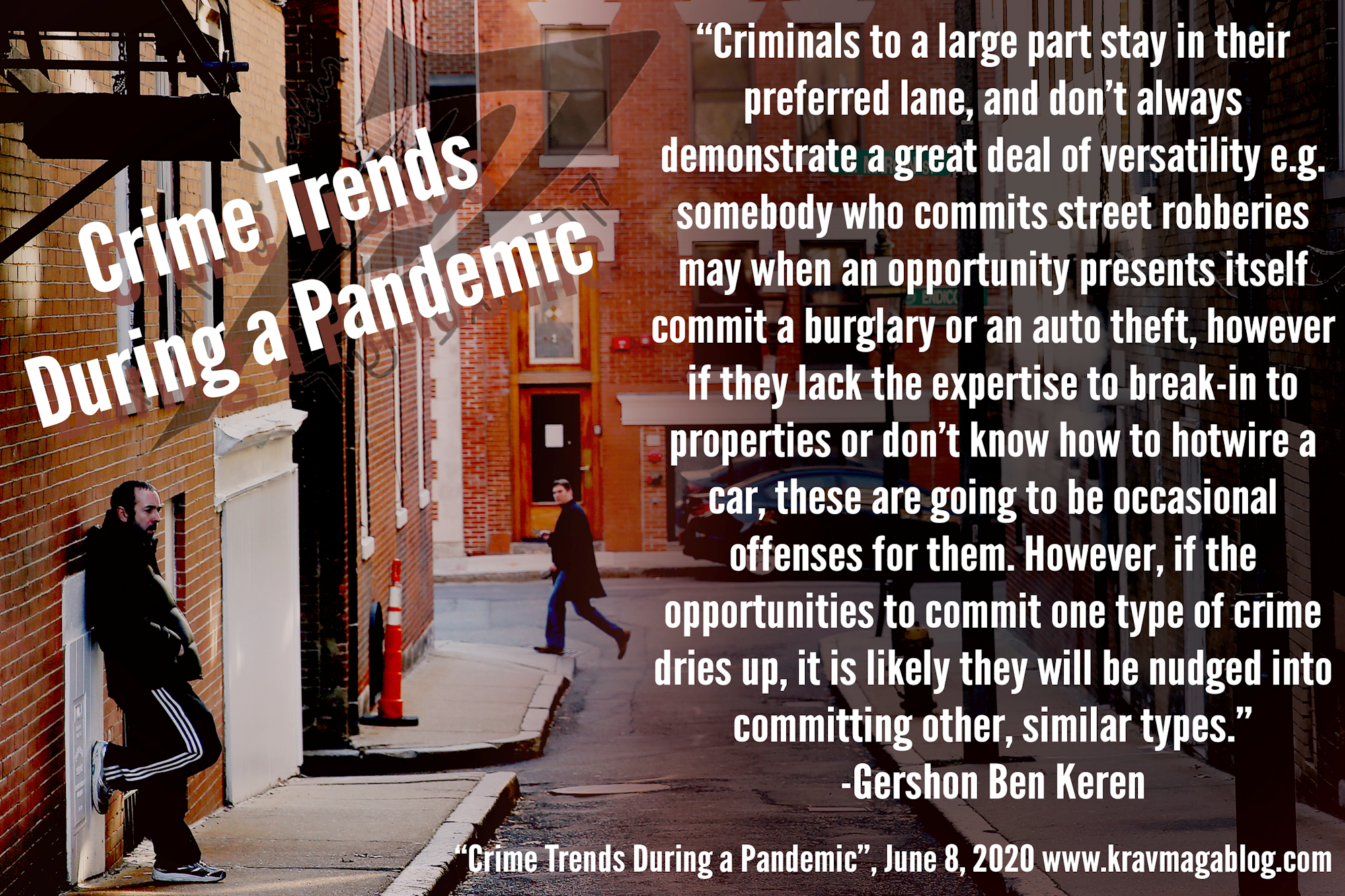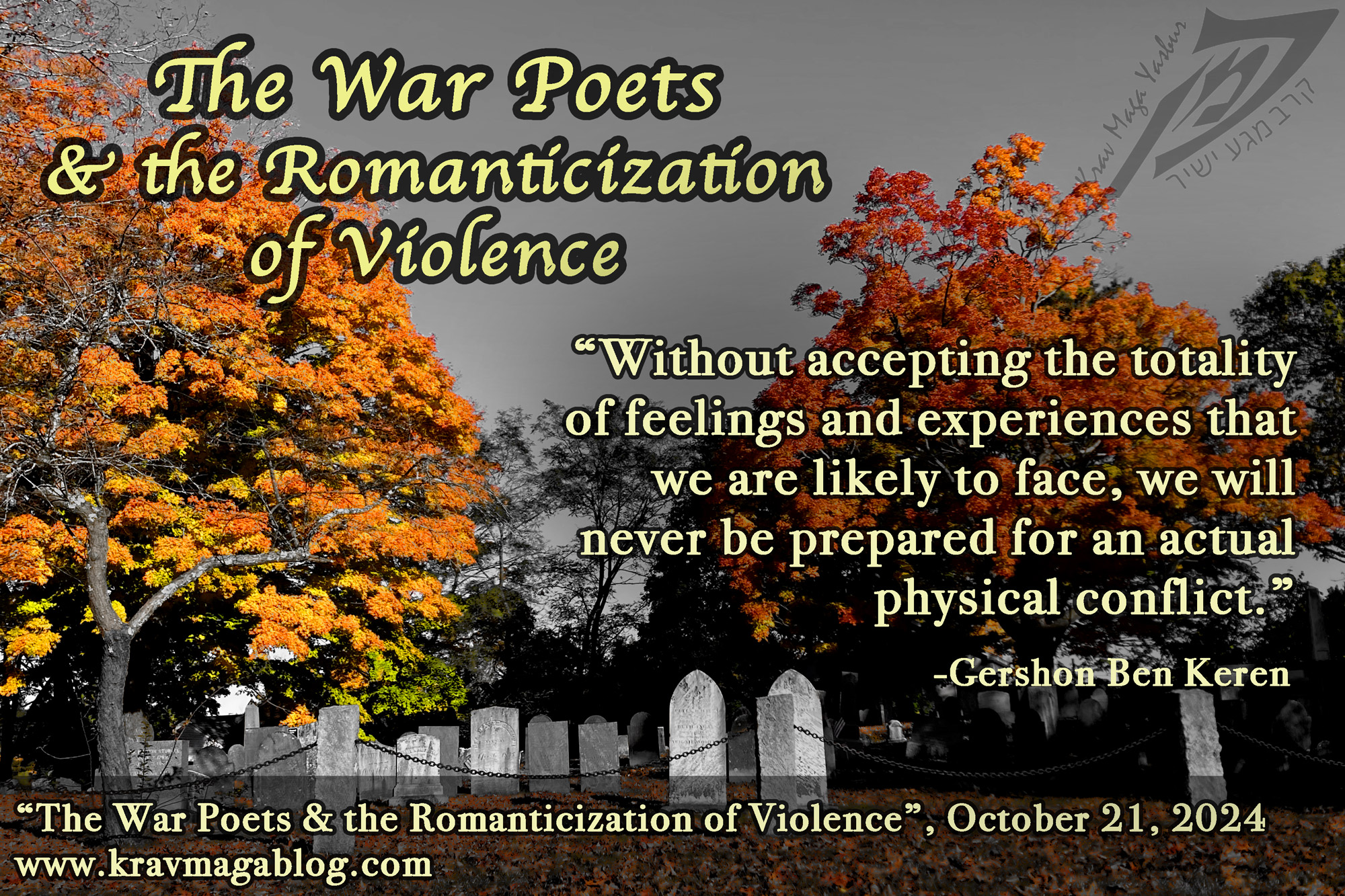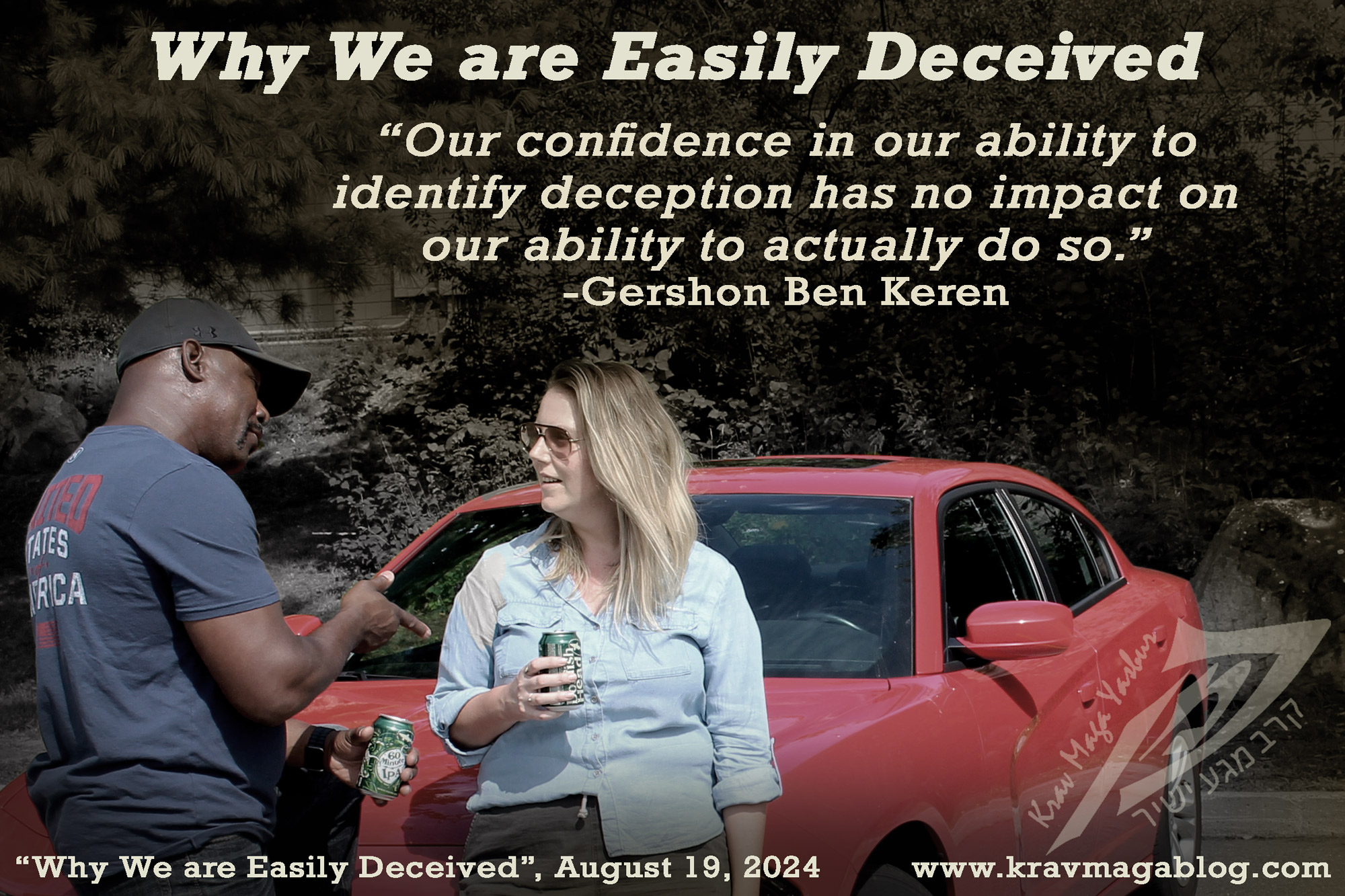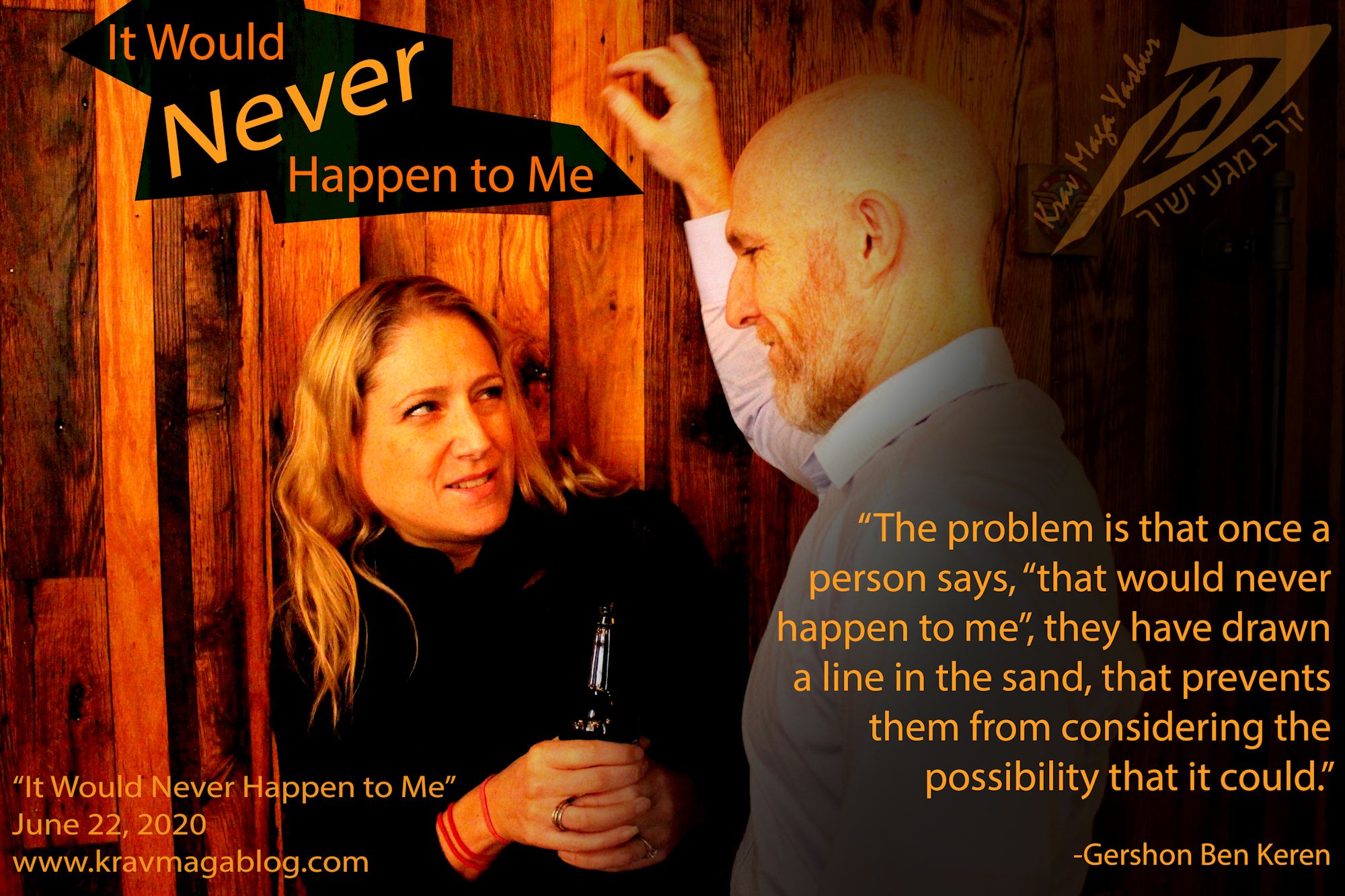Fight/Flight: Is it Relevant?, is an article written by Gershon Ben Keren, a 5th Degree Black Belt in Krav Maga, who teaches Krav Maga in Boston, MA. He has also authored three Amazon best-Selling Books on Krav Maga.
The “fight or flight” response is perhaps one of the most quoted pieces of “science”, in self-protection and self-defense circles, however most of the academic/scientific studies, concerning this response – along with freezing – have been conducted in animal populations rather than humans, and have largely involved inter-species conflicts rather than intra-species ones e.g. a big cat, attacking a flock of flamingoes, rather than flamingoes fighting with each other, etc. Whilst, we may share 98% of our DNA, with our next closest species the Bonobos, we are also very distinct from them, both in our social organization, and our communication. This leads to the potential pitfall, that we might try to understand and make sense of human conflict – along with its accompanying physiological effects – from the perspective of animals, which we may have less in common with, from a behavioral standpoint. In this article I want to look at the “fight or flight” response (and other associated responses) from a purely human perspective, considering other responses we engage in when threatened by someone, such as negotiating, submitting, ignoring, posturing, etc. Language, and the creation of artificial social structures, has given us both a richer means of communication, and a more abstract set of rules, and conditions to work within.
One of the main differences between humans and other animals, is our ability to consciously interpret our emotional state and ascribe language and terminology e.g. a dog can experience an emotional state, but can’t contemplate it, dissect it, or make sense of it as a feeling. Dogs experience happiness, but can’t recognize that they’re happy — they just are — whereas humans when happy can self-reflect on it. A dog, when it experiences a threat or a danger, acts upon its emotional response, because it doesn’t have to make sense of it, in the same way that humans do. We have the ability to recognize at the conscious level what is happening to us. A dog, when it’s being chased by a bear, doesn’t ask any questions about what is happening to it, it just runs – that’s what its instincts tell it to do, and it doesn’t have any doubts about following them – humans, on the other hand, when running, will be trying to interpret their emotional state, and rationalize what is happening to them; this makes sense, as we lack many of the athletic advantages of the dog, and use our creativity and ingenuity to help get us out of trouble. Our flight response is to buy us time to think, and is instinctual, rather than instinctive: the dog has only two choices in how to respond, whilst we have others e.g. we can start losing/dropping clothes in the hope that it stops to examine them, etc. Our adrenal response may alert us to danger, but it doesn’t necessarily remove us from it, in the same way that it does the dog; or cause us to move straight into fight mode – we have to, in almost all cases, interpret our state of fear and decide to act upon it (experience and training reduces this time).
Freezing for animals, being hunted by predators who rely on identifying prey by movement, makes a lot of sense – many people have seen the BBC footage of the baby iguana being chased by snakes, who initially froze to prevent being identified. However, in a social setting, in a dispute between two people, this response doesn’t seem to provide many – if any – benefits. That said, there is a benefit in social settings of not acting immediately and taking a moment to establish what the conflict is about. Unfortunately, if we don’t have a script to start implementing (like the dog’s simple hard-wired script to start running), it’s likely that we’ll remain frozen. Just as animals have hard-wired responses, we need pre-built social responses and scripts to implement; these aren’t hard-wired and transmitted via our DNA but are learnt through experience(s) – this is also true for animals which roleplay when young, learning how to posture, submit and act in play fights and conflicts; even the alpha/dominant puppy within a litter, will roleplay with others in order to learn how to act/play submissively, because they know there’s a good chance that at some point they’ll meet a dog who is higher up in the pecking order than they are, and they’ll need to have practiced — have a script of — how to respond in such a situation. The Fight-Flight response may be useful when attacked by another species, but it’s not so useful in resolving conflict within a species. Here we, and to a certain extent, other animals must learn the scripts to implement. Freezing may give us the chance to implement an appropriate script, but if we don’t have one ready to go, we may remain stuck in this state. Not knowing what to do holds us in the freeze state.
One of the issues that we face is that our social conflicts are often more complex and nuanced than those which animals face, as ego is involved; a dog doesn’t have the awareness to concern itself what other dogs may think about its actions and behaviors – securing its place on a pecking order in this context isn’t dependent on ego; dogs don’t suffer from social awkwardness. Unfortunately, humans do, and this can be our undoing, because we may know what we should do, such as setting a boundary, but don’t do it because of the embarrassment it may cause us; we perpetuate our own freeze state by not implementing the script we know we should. If somebody makes an inappropriate comment, or touches us inappropriately, we may become adrenalized, and incensed, but usually no fight or flight response is triggered, especially if the social context is one where everybody is laughing and having a good time, such as at a party, etc. If we haven’t practiced and rehearsed what to do and how to behave/respond then it is likely we’ll do nothing, other than remain frozen. When I first started working door security, aged 18, I often found that I didn’t know what to say to people, and found myself always resorting to a level of verbal enforcement, that wasn’t necessary. Over time I learned to deflect conversations, and take them in different directions, building on previous “scripts” that had proven successful.
Recent studies have shown that our emotions are malleable and flexible, rather than fixed and concrete; this has implications for the “Fight/Flight” response, especially when we look at the contexts within which aggression is experienced i.e. most situations are not going to be so extreme, where these are the only options available to us, rather they are those at the end of a very long spectrum of potential responses. Whereas we might be “hard-wired” to respond at these extreme ends of the spectrum, we are not for many of those in-between, and these — largely social ones — are the ones we need to learn how to respond to, by creating scripts that we can run when we find ourselves in such situations – this is one way in which we learn to educate our fear emotion.
0 COMMENTS